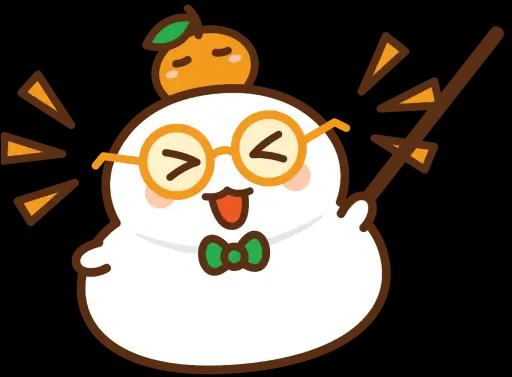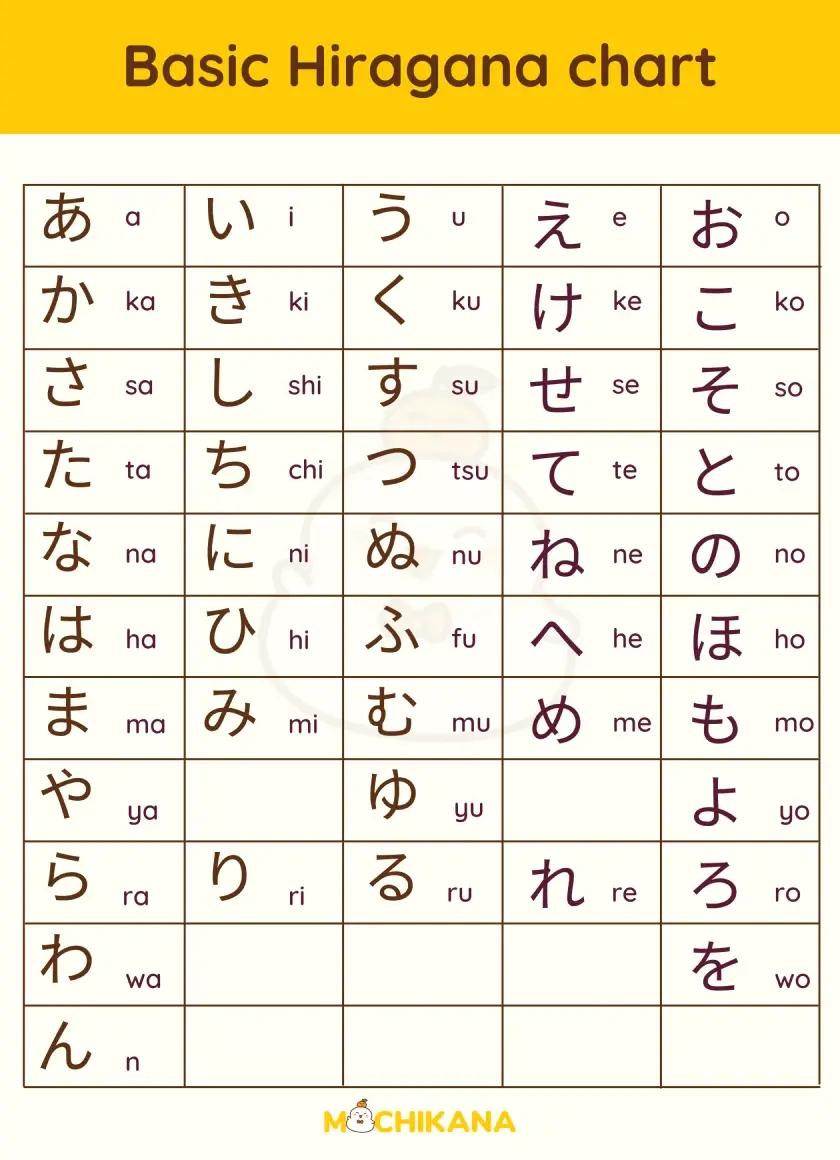Học
Viết
Ôn tập
Conversation
Event
Part 1
あ (A) and か (Ka) Rows

Học bảng chữ cái Hiragana
Introduction to the Japanese Alphabet
The Japanese don’t have a traditional alphabet like English. Instead, it has four scripts, with three commonly used: Hiragana, Katakana, and Kanji. The fourth, Romaji, is mostly for Japanese books aimed at foreigners or typing on keyboards.
Hiragana is the main script for native Japanese words and grammar. It's simple, rounded characters are beginner-friendly. Katakana is used for foreign words, with angular characters that you’ll often see in menus and ads. Kanji has characters borrowed from Chinese, each representing an idea or concept. It’s the most complex, with thousands of characters.
Together, these scripts form the core of Japanese writing. Each plays a unique, yet complementary role in expressing the language.
Hiragana: The Most Common Japanese Script
Hiragana is the primary and most common script in Japanese. It consists of 46 basic characters, each representing a single sound. These characters are simpler than Kanji, making them easier to learn. Hiragana is essential for beginners because it allows for basic communication and helps learners understand Japanese sentence structure. Each Hiragana character represents one syllable, covering all Japanese sounds. Children and beginners start with Hiragana to build a strong foundation.
How Hiragana is Used
Hiragana is used for native Japanese words, grammar particles, and verb endings. You'll often see it in books, signs, and children's materials, as well as in words without Kanji. It’s also used in combination with Kanji to complete sentences, making it a vital script for reading and writing in Japanese.
Bảng chữ cái Hiragana cơ bản
Hãy bắt đầu học bảng chữ cái nhật bản bằng việc học 46 ký tự Hiragana cơ bản, xuất phát từ hàng đầu tiên あ (a)、い (i)、う (u)、え (e)、お (o). Sau đó là hàng thứ hai か (ka), き (ki), く (ku), け (ke), こ (ko) cho đến khi bạn hoàn thành việc học các chữ cái còn lại.

Bảng chữ cái Hiragana nâng cao
Điều tiếp theo bạn sẽ học là bảng chữ cái nâng cao, thứ sẽ giới thiệu cho bạn các quy tắc và khái niệm khác của ngôn ngữ Nhật. Nó mở ra cho bạn 1 không gian mở, dạy bạn cách hình thành các âm thanh phức tạp từ những âm tiết cơ bản mà bạn đã được học. Cùng tìm hiểu qua về những quy tắc đặc biệt này nhé:
- Một số chữ cái thể hiện âm tiết đặc biệt trong tiếng Nhật như âm “b” hoặc “p” được hình thành bởi sự kết hợp giữa nhưng chữ cái cơ bản và 2 gạch ngang (tenten) hoặc 1 dấu chấm (maru) ở góc trên bên phải. Ví dụ: ひ (hi) -> ぴ (pi), hoặc は (ha) -> ば (ba)
- Các phụ âm kéo dài thường được thể hiện bởi chữ cái đặc biệt: “っ” (tsu nhỏ), còn nguyên âm kéo dài thường được viết như sau: ああ (a~), いえ (i~), hoặc おう (o~).
- Để tạo ra những âm tiết phức tạp hơn, tiếng Nhật còn có những “âm ghép” như “にゃ” (nya), và “きゃ” (kya)

How to Learn Hiragana: Writing, Reading, and Pronunciation
Learning Hiragana involves three essential steps:
- Start with simple test: begin with the あ (a), い (i), う (u), え (e), お (o) row to build your confidence, then move through each line systematically.
- Practice writing each character by following the correct stroke order. This helps you remember the shapes and form characters correctly.
- Practice reading by speaking words aloud to get familiar with the sounds. Hiragana pronunciation is straightforward. Each character has a fixed sound, making it easier to learn.
Mastering Hiragana is your first step in learning Japanese. With practice, you’ll be able to read, write, and speak basic Japanese quickly.
Start learningYou’re learning

See all courses





























































